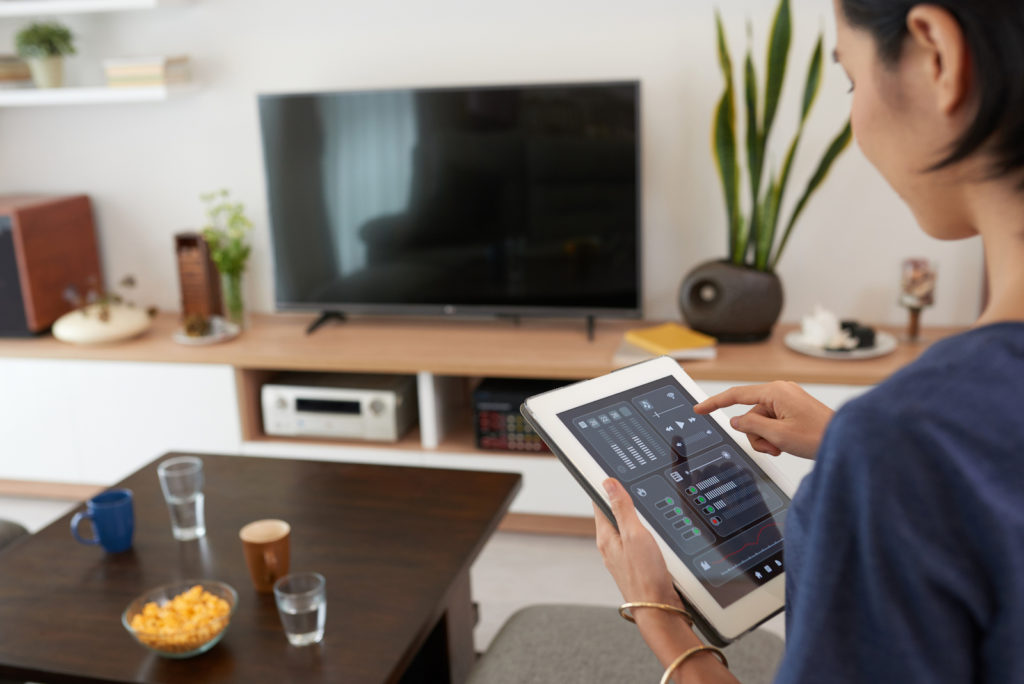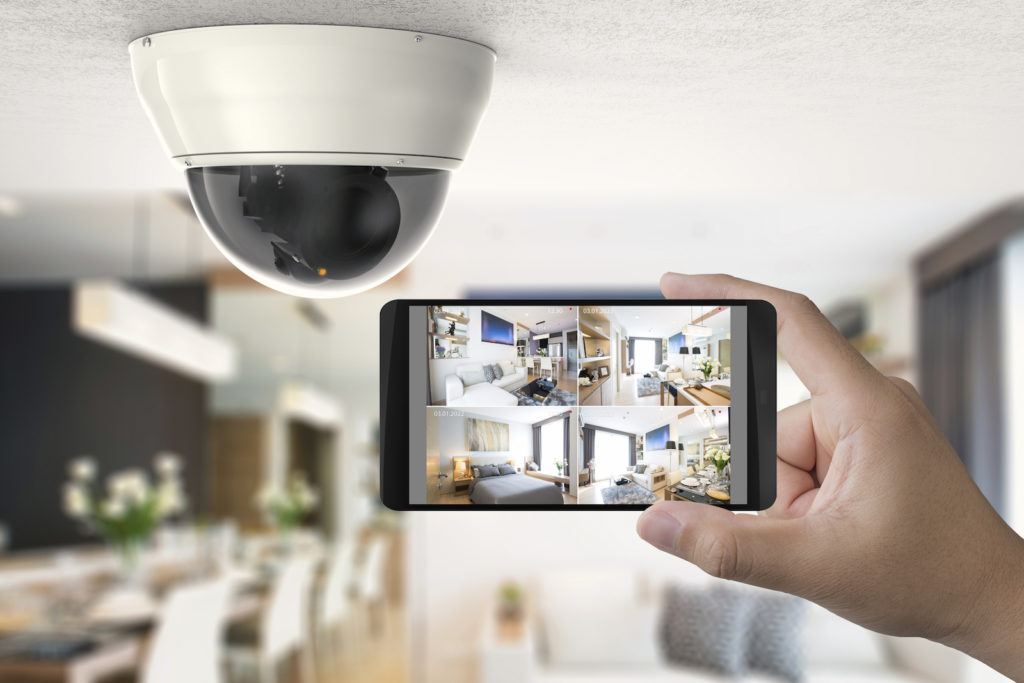Smart Technology for Your Home: How it Works and the Installation Process
Smart home technology used to be only a thing we could dream about. Sci-fi movies with smart homes or cars conjured smart technology to be a part of the distant future and many would fantasize if they’d ever be able to utilize such technology themselves. But the “distant” future is approaching ever so rapidly with technological advancements exponentially increasing daily. In fact, you are probably already witnessing things you’ve never thought possible before. Smart home automation is proving to be one of the many things we may have never thought possible just a decade ago. Now, you’ve undoubtedly seen how smart homes can easily access and control thermostats, lights, and garage doors with just the click of a button on your phone or a voice command from inside your home. In fact, with smart home technology, you can do all of these things and so much more. With the right industry-leading technology and trained professionals, you can have your whole house transformed into a smart home in no time.
How Smart Technology for Your Home Works
So what exactly does it mean to have your home connected to smart technology? Although home automation and smart technology in and of itself seems self-explanatory to many this day in age, there are many aspects of smart home automation that many people have little knowledge about. One of these aspects, and what many people don’t know about, is just how smart technology works. To simplify the explanation process, it is important to understand that all appliances and devices are receivers and the way to control the receivers is through the use of a transmitter, such as a remote or keypad. So, essentially, if you want to turn off the lamp in one room, a transmitter will send a numerical code message that:
- Alerts the system that it’s issuing a command
- Identifies the device that should receive the command
- Sends the code that contains the command, like “turn on/off”

While all of this is designed to happen extremely quickly, in fact, in just the matter of less than a second, home automation does have its limitations. Since electrical lines are not always reliable because lines can get “noisy” and overcrowded from other devices, communication between the transmitter and receiver can be ineffective at times. With this electronic interference, a device may interpret the message incorrectly or not receive the command at all. One way to allow devices to communicate is through the use of something called X10. An X10 is a transmitter that essentially allows compatible devices to communicate over electrical wires in the home. While these transmitters are still available on the market today, many new systems are starting to communicate through power lines using radio waves. This is how BlueTooth, WiFi, and cell phone signs operate. Although utilizing a wireless network does provide more flexibility when placing devices to be utilized for smart technology, they, too, have their limitations, just as electrical lines do. Because of this, there may also be interference between signals, causing a disruption in the message being communicated between devices. Therefore, it is important that when installing smart home devices in your home that you find high-quality devices and a network that can optimize your smart home experience.
What Type of Smart Technology Can Be Automated?
The quickest answer to the question “what type of smart technology can be automated?” is: just about anything electronic. So, in reality, it’s not a matter of what you can do but what is necessary for your own convenience and comfort. For example, while Bill Gates has basically everything in his entire home linked up, you may find this a little extreme and pricey. If you can’t afford the Bill Gates smart technology lifestyle (or simply don’t care about having everything linked up), it is best to stick to the basics: devices that provide the most practicality for the dollar. One of the most practical products when it comes to smart technology/home automation is to invest in a smart home security system. With this type of technology, you will not only be able to easily and effortlessly connect devices like, lights, the thermostat, door locks, and the garage door opener to a smart device, but you will be providing your home with a sense of security, as well. However, before investing in a smart home security system, it is vital that you take the time to ensure you are getting a device from a company that will provide you with high standard protective measures as well as high-quality smart home automation features.
Moving Forward with Smart Technology for Your Home
Smart home technology has come a long way and is continuing to increase in advancements daily. However, just because there are a lot of smart home products on the market today doesn’t mean that you need to invest in all of them to create the smart home that you’ve been dreaming about. As such, an important key factor for creating your dream smart home is to stick to only the smart technology features that you need while placing a high priority on ensuring your home is safe and secure. As previously mentioned, one of the best ways to combine smart home features with home safety measures is to install a smart home security system in your home. Through a high quality home security system, you will be guaranteed to enjoy the convenience of smart home technology while gaining peace of mind that you, your family, and your home are being well protected.

While there are many companies out there that will sell you on their smart home security system, it is vital that you install only the most exceptional device on the market with an expert installation professional. This will not only guarantee your security system is set up accurately but that you will be reaping all of the benefits that a smart home security system has to offer. Call today to get a fair and accurate quote on what a smart home system will cost you and have a professional installing the system in your home in no time.












